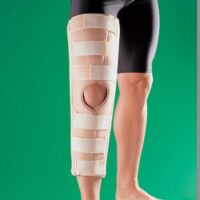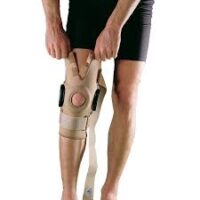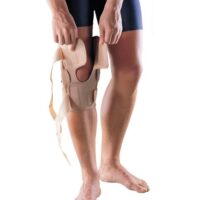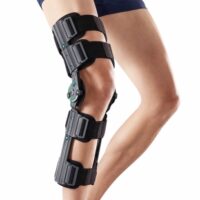ACL Surgery
Evaluating the Benefits and Risks for Informed Decisions
Challenges, Considerations, and Management Strategies
The Anterior Cruciate Ligament (ACL), crucial for knee stability, often gets injured during sports activities, leading to challenges, particularly in high-demand sports. Understanding ACL injuries and their impact is essential, and guidance from leading authorities like the Australian Knee Society provides valuable insights into effective management strategies.
Understanding ACL Injury and Its Impact
ACL injuries typically occur during sports through mechanisms like sudden stops or changes in direction. A non-functional ACL leads to knee instability, causing the knee to ‘give out’ and increasing the risk of further knee damage such as knee arthritis and meniscus tears.
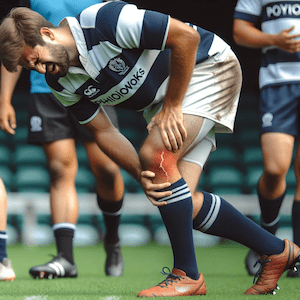
The Challenge in High-Demand Sports
Sports requiring rapid and agile movements, like AFL, soccer, netball, rugby and basketball, heavily rely on a healthy ACL. Athletes without a functioning ACL may face performance challenges and an increased risk of further injuries.
Managing Daily Life with an ACL Injury
Individuals with an ACL injury can still participate in non-pivoting and low-impact activities, but must modify activities involving sudden directional changes or high impacts to prevent further knee damage.
Recent Research and Trends in ACL Management
Emerging research suggests balancing operative and nonoperative management strategies based on individual needs. This includes the importance of rehabilitation and prevention strategies to reduce the risk of ACL injuries.
Early Acute ACL Reconstruction (ACLR) vs Delayed Optional ACLR
- Early Acute ACLR: Involves immediate reconstruction without a non-operative trial, based on the clinical status rather than time from injury.
- Delayed Optional ACLR: Entails ACL reconstruction only if the patient remains dissatisfied with their knee’s functional status after structured rehabilitation. Approximately 50% of patients may eventually choose ACLR due to dissatisfaction.
Comparative Outcomes and Considerations
Both Early Acute ACLR and Delayed Optional ACLR demonstrate similar long-term outcomes in non-elite patients, though data for those returning to common Australian sports is limited. Delayed Optional ACLR is not advised for patients with certain knee injuries.
Risks and Uncertainties
Delayed Optional ACLR can result in greater clinical instability and secondary meniscal injuries. Its role in patients under 18 is uncertain and may increase future osteoarthritis risks.
Rehabilitation and Recovery
Regardless of the management strategy chosen, structured rehabilitation is crucial in improving outcomes for ACL-injured individuals. This includes both post-surgery and non-surgical management options like strength training and physiotherapy.
Conclusion
Living without an ACL requires a well-considered approach to management, involving informed decisions regarding surgery and rehabilitation. Decisions should be made in close consultation with healthcare professionals, considering personal circumstances and the latest expert guidelines.
What to Do?
For those facing an ACL injury, seeking advice from a knee sports physiotherapist or an orthopaedic surgeon is essential.





